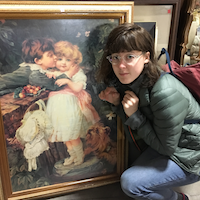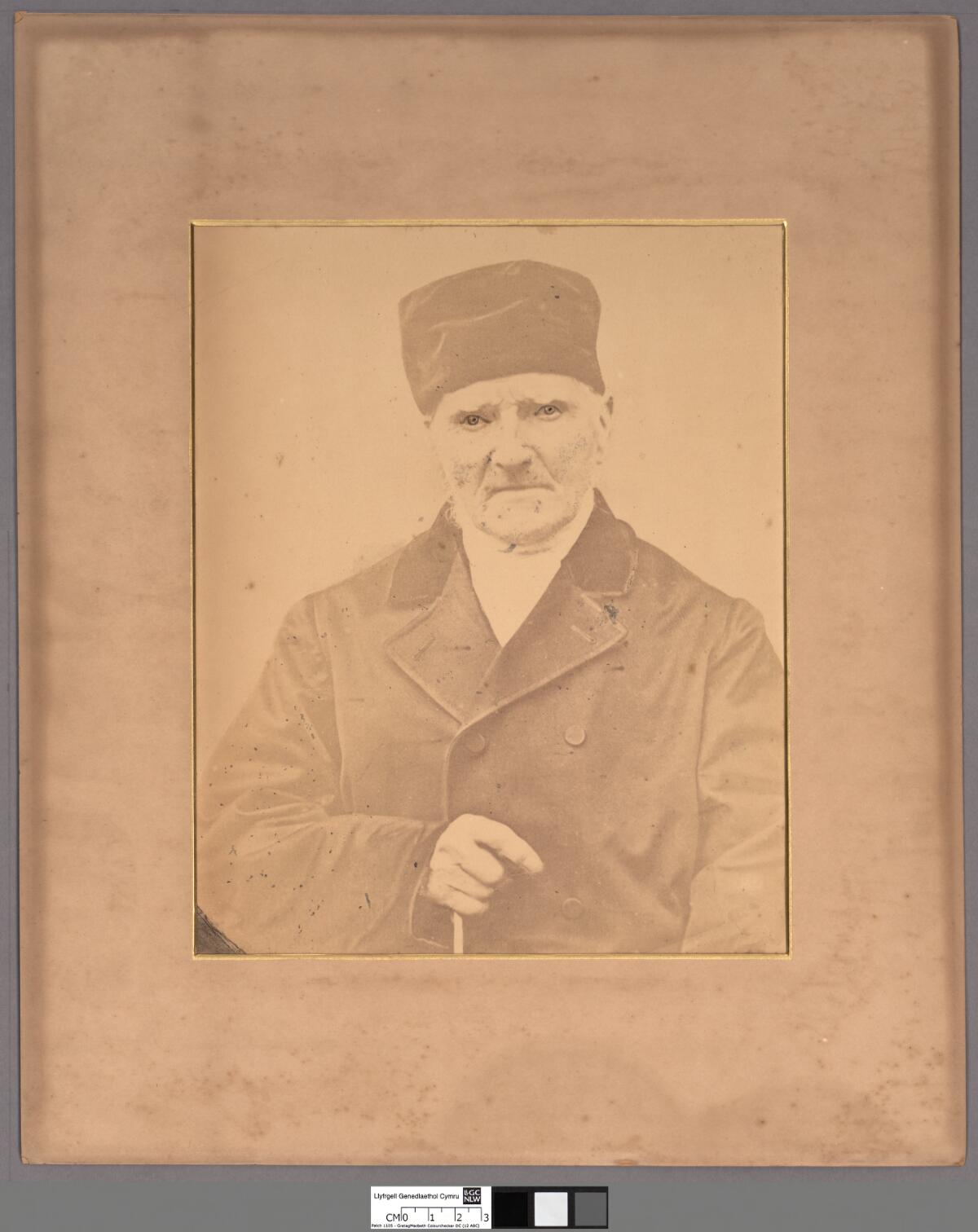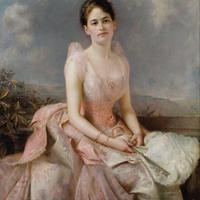More about Edward Hughes
Works by Edward Hughes

Contributor
Reversing the stereotype of the artist who struggles during their lifetime and enjoys fame after death, Edward Hughes has been almost completely forgotten about since his heyday working as a portraitist, illustrator, and poster boy for the Royal Academy.
He distanced himself from his middle-class upbringing, eventually making a lucrative living painting the Michelle and Barack Obamas of his day.
Although he wasn’t a part of the contemporaneous Pre-Raphaelite movement (as was the slightly more famous Edward Robert Hughes who he’s often confused with) his work displayed a similar attention to detail and color as what was being created by Pre-Raphaelite painter John Everett Millais. In fact, Millais himself praised Hughes for his work, noting his ability to “paint a portrait of a lady,” which he did quite often. That's high praise coming from Millais, who painted some of the most ethereal female figures in existence. Of course, I didn’t realize it was that difficult to paint a portrait of a woman, but if more finesse is needed, that’s exactly what he had; his portraiture is so lifelike that the subjects seem liable to wake up and walk about of the canvas at any moment.
He almost immediately began displaying works at the highly exclusive Royal Academy of Art, exhibiting a total of sixty-nine works there between 1847-1892. As his fame grew, he began receiving portrait commissions from British elite and eventually royalty, beginning with a full-length portrait of Queen Mary, formerly Duchess of York, that was commissioned privately as a surprise for the family. The portrait is now on display at Buckingham Palace. One of his more fascinating sitters was Juliette Gordon Low, a wealthy American who became disinterested with her elite lifestyle and went on to found the Girl Scouts of America.
Despite his overwhelming success, Edward Hughes never lost sight of his roots as a middle-class hopeful. He was fascinated by the lives of the working-classes and displayed this in his work as an illustrator, often focusing on emotionally-charged domestic interiors. He contributed illustrations to periodicals and even illustrated a few books.
He eventually passed the torch onto his daughter, Alice Hughes who was a very successful photographer, also focusing mainly on portraits of women. Alice was also her father’s principal biographer, likely an attempt to keep his memory within the public conscious. It was a valiant effort but didn't quite prevent him from fading into obscurity over the years.
Sources
- Queen Mary (1867-1953) when Victoria Mary, Duchess of York.” Royal Collection Trust. https://www.royalcollection.org.uk/collection/405365/queen-mary-1867-19… (accessed 9 July 2018).
- Hughes, Alice. My Father and I. (Thornton Butterworth, 1923).
- Cooke, Simon. "Edward Hughes." Victorian Web. http://www.victorianweb.org/art/illustration/edwardhughes/cooke.html (accessed 9 July 2018).
Featured Content
Here is what Wikipedia says about Edward Hughes (artist)
Edward Hughes (14 September 1832 – 14 May 1908) was a British artist who specialised in portrait painting.
Career
Edward Hughes was born in Pentonville, London, the son of the artist George Hughes. From an early age his artistic ability was recognised. In 1846 he entered the Royal Academy schools and a year later was awarded a silver medal by the Royal Society of Arts for a chalk drawing. Between 1847 and 1884 Hughes exhibited 36 paintings at the Royal Academy. He also worked as an illustrator, collaborating with George du Maurier in producing the images for the Wilkie Collins book Poor Miss Finch. About 1878 he moved more or less exclusively into portrait painting, drawing praise from John Everett Millais for his representation of women.
Check out the full Wikipedia article about Edward Hughes (artist)











